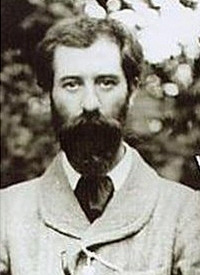
Charles Koechlin
Credit: Wikipedia
Pauer’s key characteristics for C sharp minor is that it is only used as D flat minor and he finds it to be “undoubtedly the most intensely melancholy key.”
As we have found before with these keys with many sharps, there’s little orchestral music written in this key, based, again on the problems with tuning. For pianos, however, we find much more music in C sharp minor. One work that changed everyone’s feeling about C sharp minor was Beethoven’s Moonlight Sonata.
Piano Sonata No. 14 in C-Sharp Minor, Op. 27, No. 2, “Moonlight”: I. Adagio sostenuto (Robert Casadesus, piano)
We find, for example, that Chopin used this key, such as in his flowing Fantasy-Impromptu in C-Sharp Minor, the “Torrent” étude, Op. 10/4, in polonaises, nocturnes, preludes, scherzos, mazurkas, and waltzes.
Chopin: Fantasy-Impromptu in C-Sharp Minor, Op. 66 (Vldimir Ashkenazy, piano)
Chopin’s use of the key is comparable to the reason that so many composers / pianists wrote in keys with difficult numbers of sharps and flats: it kept their performance as the primary one since they wrote for their own hands and capabilities.
D flat minor, again figures largely in piano music and in little orchestral music. Let’s change genre completely and look at some saxophone duos by the French composer Charles Koechlin.
Koechlin: 24 Duos, Op. 186: No. 23 in D-Flat Minor: Andante molto tranquillo (Davide Bartelucci, tenor saxophone; Massimo Valentini, baritone saxophone)
Perfect melancholy.
What pieces do you think should be added here? Keep in mind that the piece should date from before 1876, when Pauer’s book was published. Another guideline might be to note the relatively small list of composers he gave as examples: Haydn, Mozart, Beethoven, Mendelssohn, Schubert Rossini, Weber, and Spohr – all stalwarts of German classicism / romanticism.

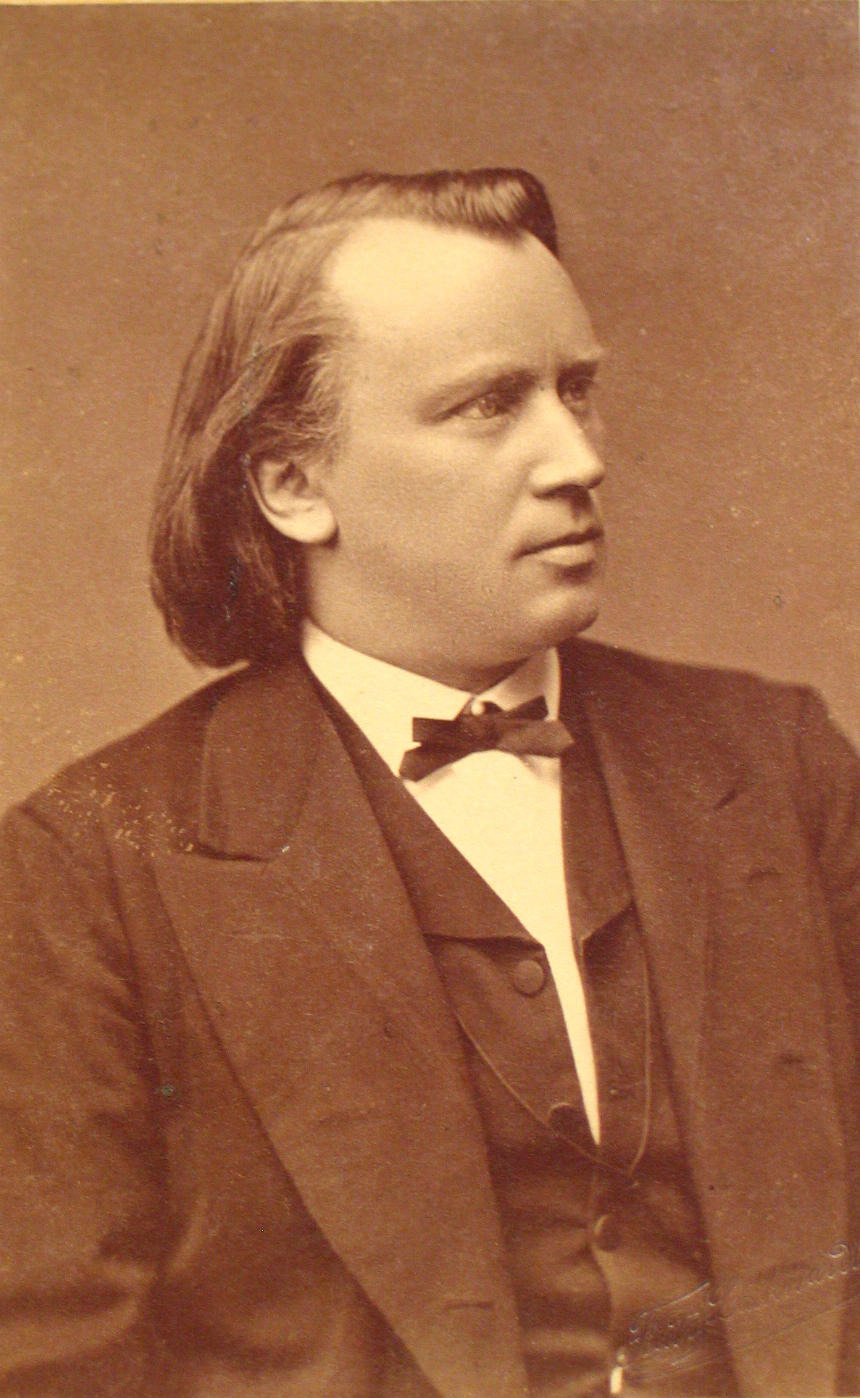
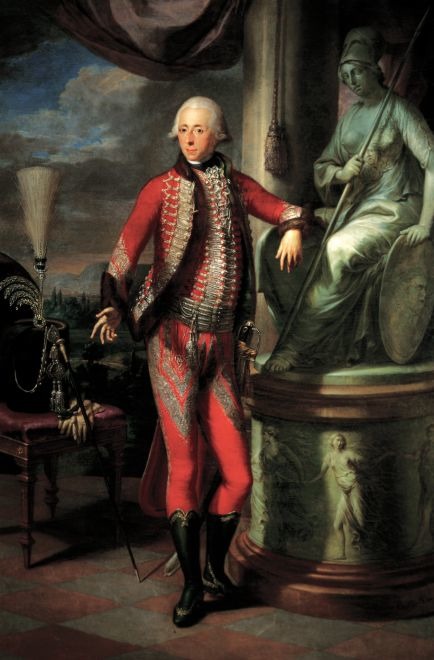
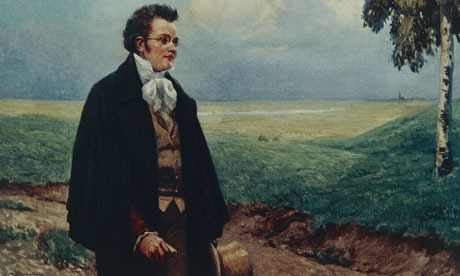
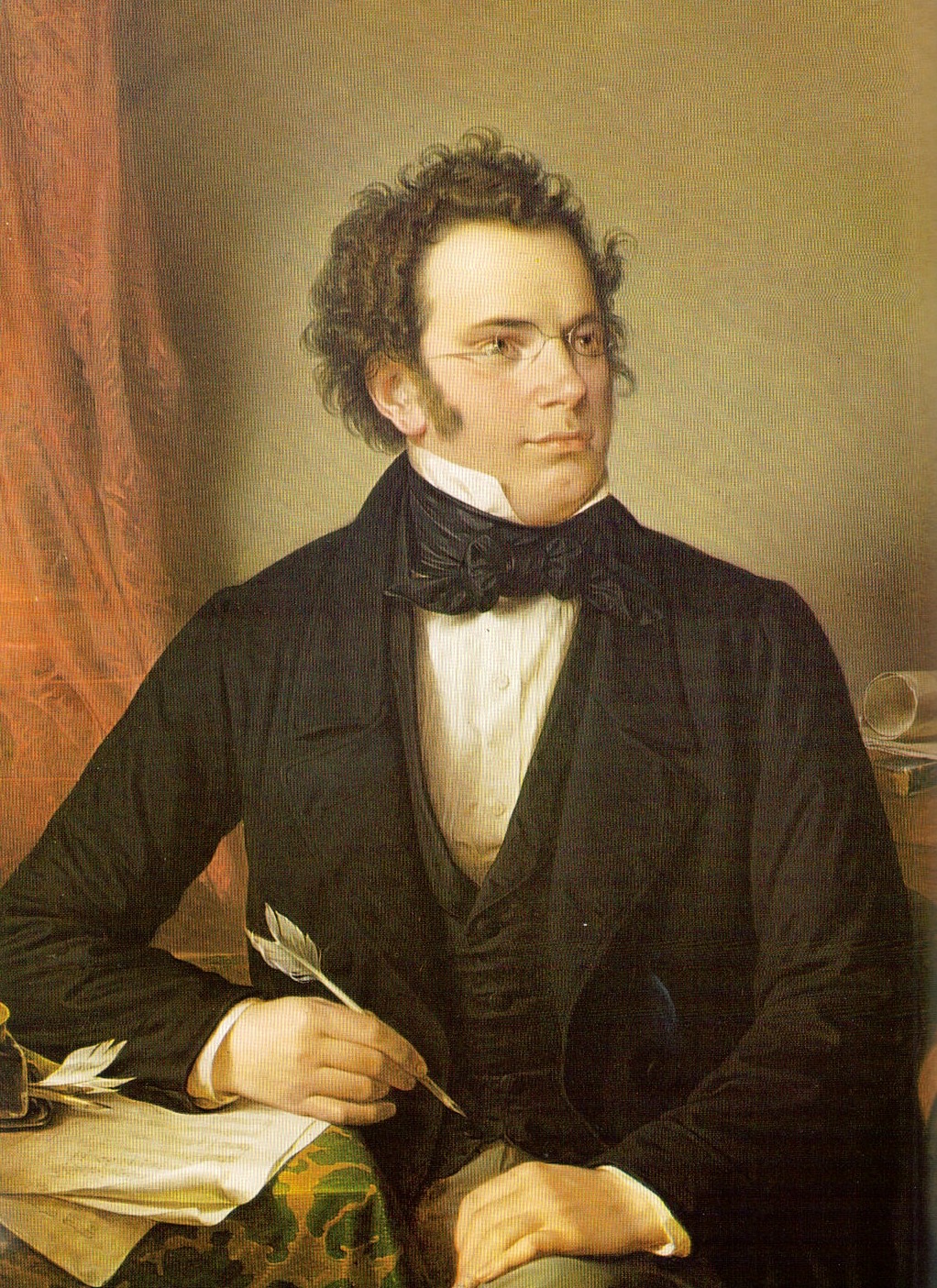
Thank you for the article!
I am aware the following piece couldn’t be included in Pauer’s list, as it was written eleven years later (1887), but I’d like to mention this lovely example of composition in the “most intensely melancholic key”: Étude in C-sharp minor, Op. 2, No. 1, composed by Alexander Scriabin, only 16 years-old at the time.